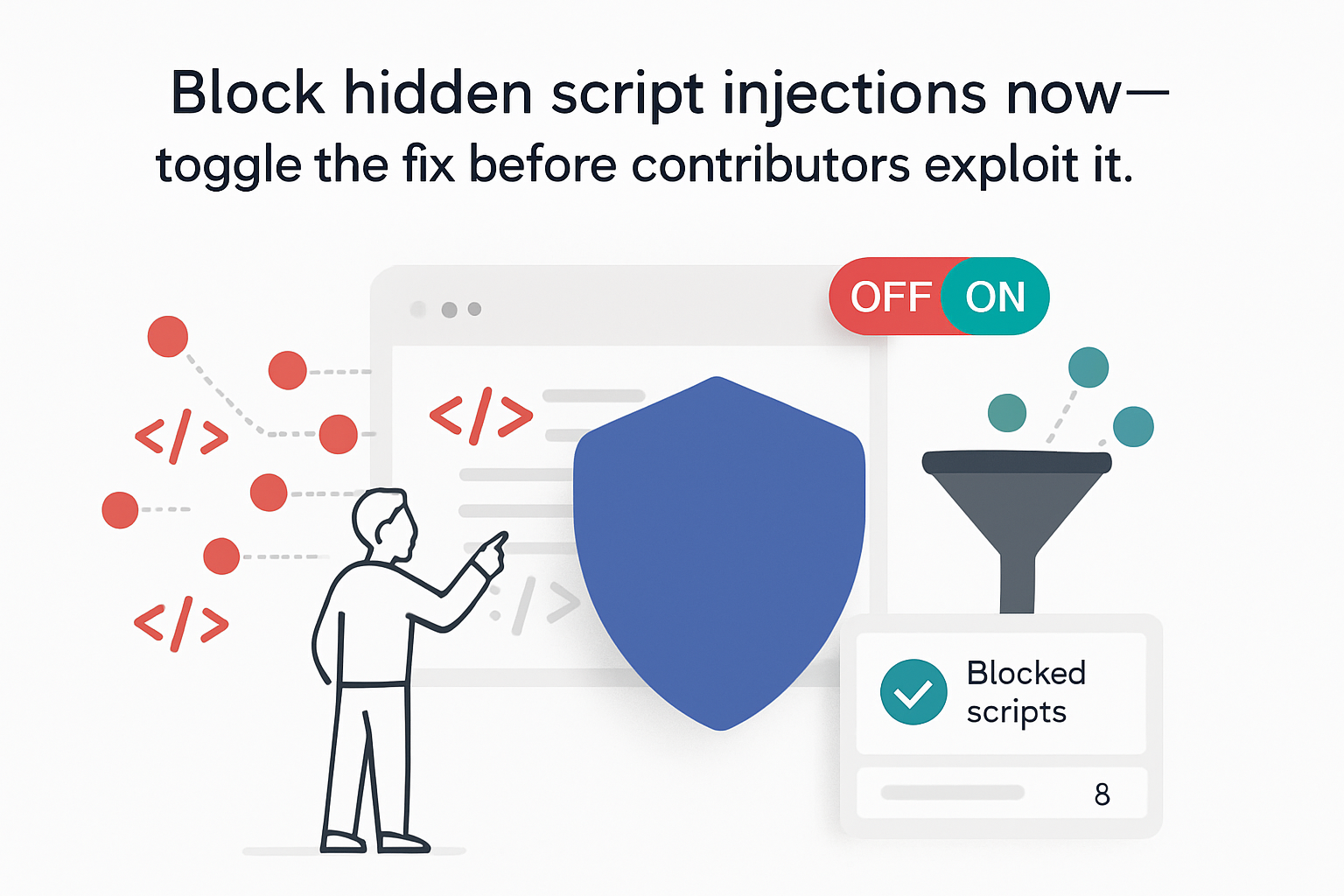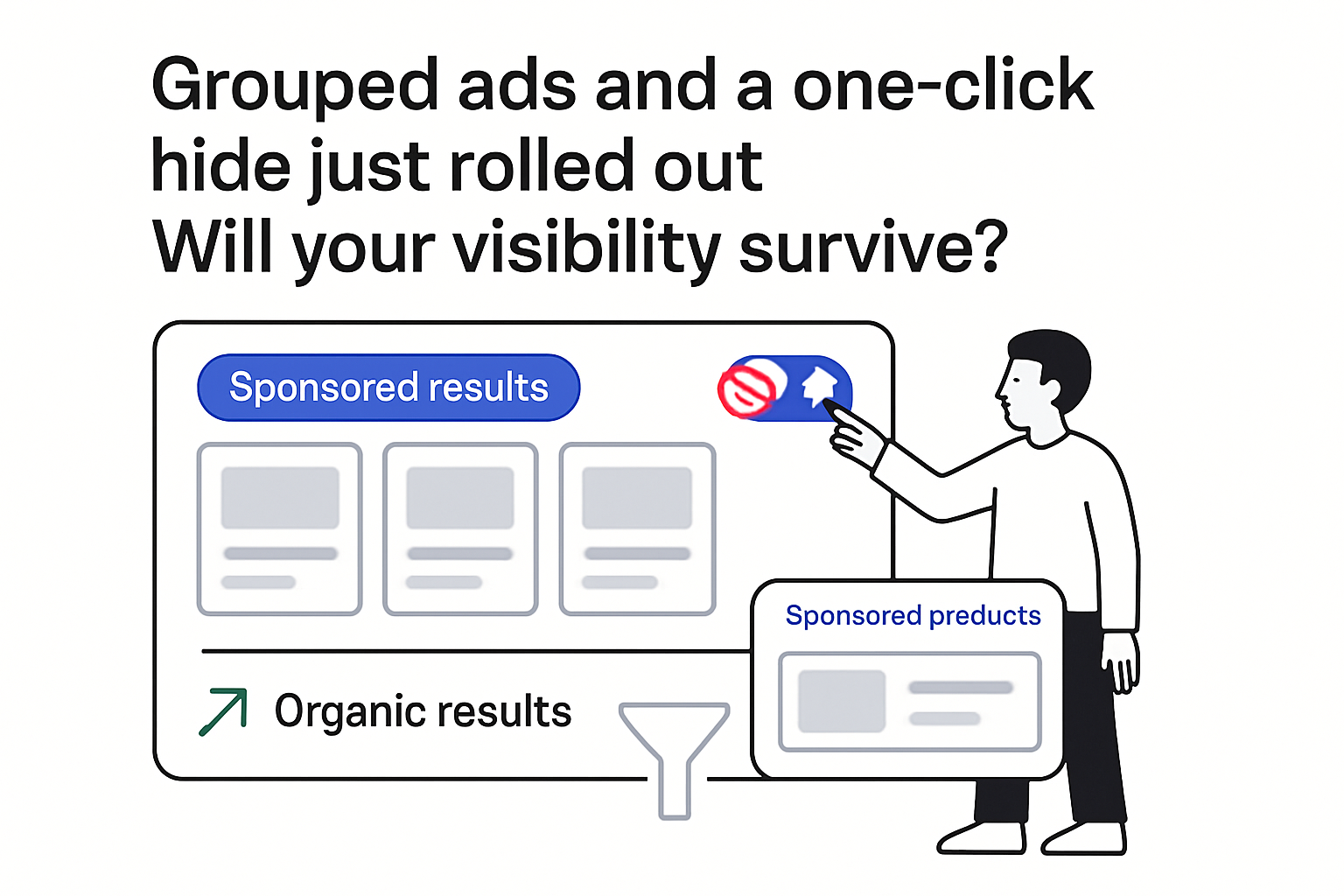Google VP of Product Robby Stein outlined what creators should prioritize for Answer Engine Optimization and Generative Engine Optimization in a recent Lenny's Podcast interview. He described how Google's AI assembles answers by expanding queries with related searches, applying Search signals, and pulling real-time information when needed. He emphasized originality, clear citations, and meeting user intent.
How Google's answer system works
The host framed AEO and GEO as an evolution of SEO focused on answer generation. Stein described a system designed for informational tasks and trustworthy results.
- Query expansion and fan-out - the model explores dozens of related searches to broaden context.
- Live retrieval - it uses Google Search to fetch current information when required.
- Signals and safeguards - it relies on Search signals such as spam detection and helpfulness assessments, and is designed to check its work.
- Knowledge sources - it combines parametric memory with live retrieval.
- Sourcing - answers include links to cited websites.
AEO/GEO guidance for creators
- Target long, conversational questions that users ask AI.
- Demonstrate originality and add unique value.
- Cite sources clearly so users can verify information.
- Address user intent directly and completely.
- Use published rater guidelines that cover intent, sourcing, and originality as a reference.
Background and policies
Google's public documentation explains how content becomes discoverable in Search and outlines quality expectations.
- Google Search Essentials - baseline requirements for content and technical accessibility.
- Search spam policies - practices that can reduce visibility.
- Search Quality Rater Guidelines - factors including experience, expertise, authoritativeness, and trust used to evaluate Search quality at scale.
Source
Statements by Robby Stein are from his interview on Lenny's Podcast.








.svg)